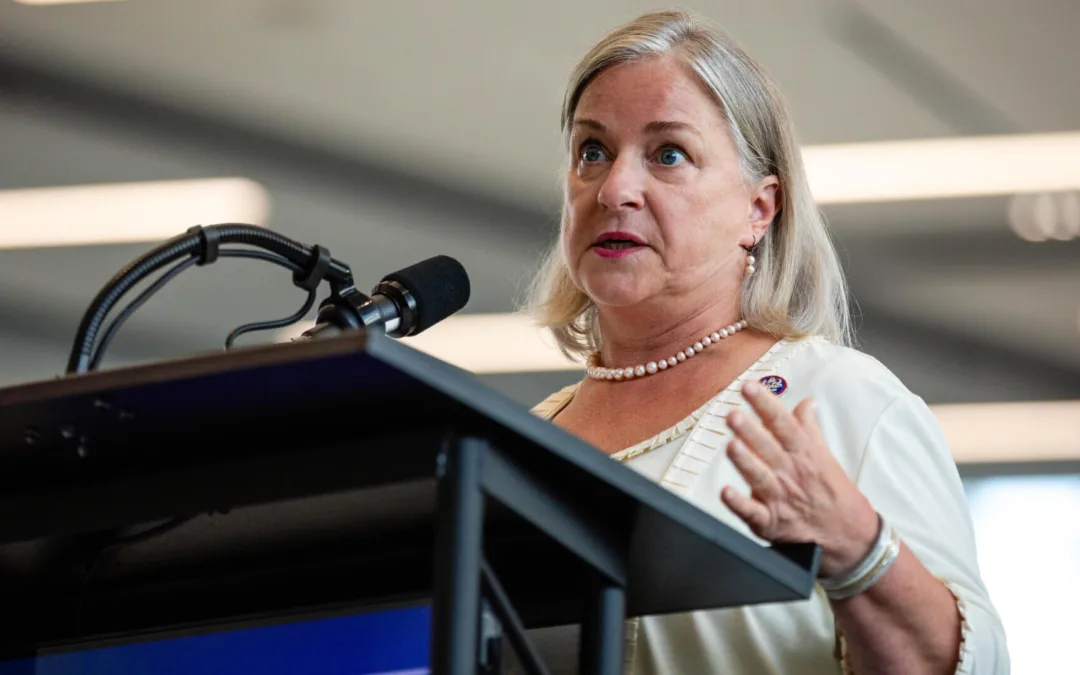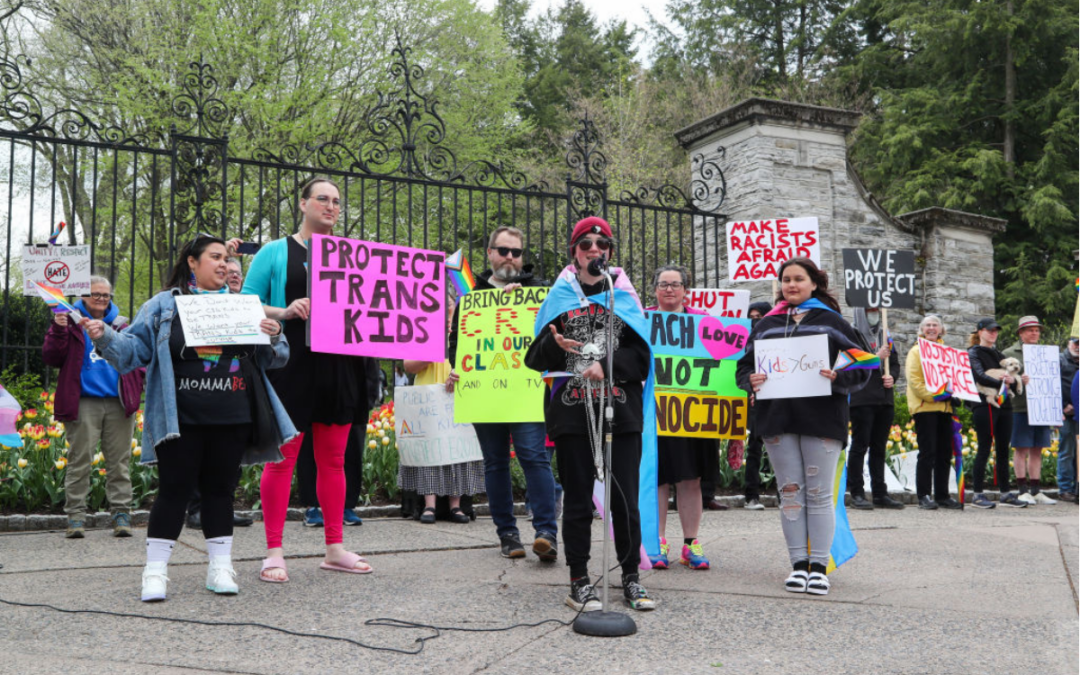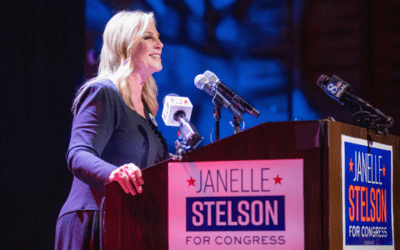
Image via Shutterstock
As case numbers and hospitalizations continue to climb, Americans are wondering what is safe as the holiday season approaches. With that in mind, we decided to answer some frequently asked questions.
The United States is more than eight months into its coronavirus crisis, and it is showing no signs of letting up. The country is experiencing its worst-ever surge right now, as cases are growing at an explosive rate across most of the country.
The United States has recorded nearly 162,000 new cases per day over the past week, according to the COVID Tracking Project, a staggering total of more than 1.1 million new cases that represents a population larger than eight individual states. More than 80,000 people are currently hospitalized with the virus and the nation is currently on track to reach 100,000 hospitalizations before the end of the month.
As these numbers continue to climb, elected officials and public health leaders are issuing restrictions and taking measures to try and mitigate the spread of the virus, leaving many Americans to wonder what is safe and not as the holiday season approaches. With that in mind, we decided to answer some frequently asked questions.
How Bad is the Current COVID Surge?
Really, really bad. Cases are rising in 44 states. In the five of the states where they’re not—Illinois, Iowa, North Dakota, South Dakota, and Wisconsin—it’s only because the outbreaks there are the nation’s worst and are already so severe that there isn’t much room to get worse.
Things are particularly grim in the Midwest and Great Plains, where states are setting records for cases and deaths nearly every single day. Many hospitals in states like North Dakota, Utah, and Wisconsin are running out of beds, experiencing staff shortages, and are on the brink of rationing care.
That being said, the virus is spreading throughout the country. In El Paso, Texas, the city has set up 10 mobile morgues and recruited county jail inmates to help transport bodies. In Miami, Florida, patients who’ve shown up to the hospital to be treated for stomach pain and car accidents have tested positive for the virus, indicating the virus is experiencing uncontrolled spread.
Is It Safe to Gather Indoors With a Small Group?
The short answer is no, unless it’s only with people in your household. While many Americans formed “pods” and began interacting with members of other households indoors in the summer months, when transmission of the virus slowed in some regions, such events have since become a key driver of the virus’ unrelenting march across the country.
Dr. Anthony Fauci, the nation’s top infectious disease official, told USA TODAY’s Editorial Board on Wednesday that these seemingly “innocent” family and friend dinner gatherings are not safe from the virus.
“Because of the almost intuitive instinct that when you’re with people you know … and no one appears to be physically ill, that it’s OK to congregate [with] 10, 12 people for drinks or a meal or what have you, but it’s indoors because the weather is cold. That’s where we’re seeing these types of outbreaks,” Fauci said.
What If We Test Negative First?
Even if you test negative for the virus, it is not advised that you interact with people outside your household indoors. Tests only indicate if you were infected at that precise moment, so if you get a test on a Thursday in hopes of getting a negative result Friday and seeing people on Saturday, there’s still risk involved. You could have always contracted the virus between your test and your gathering.
Additionally, it can take at least 5 days for the virus to show up during a test, while being tested earlier leads to a higher rate of false negatives, so if you unwittingly contracted the virus Tuesday and got tested Thursday, there’s a decent chance the test would come back negative, even though you do have COVID-19. This false negative could then lead you to spread the virus to anyone you interact with.
Is It Safe to Travel During the Holidays?
While flying on planes has generally proven to be safe, it remains safer not to fly, especially at a time like the holidays when many other Americans are more likely to fly, leading to more people on planes and in airports.
Fauci has advised Americans to weigh the risks of going to a crowded airport and flying on a plane. The longtime trusted public health expert, who turns 80 in December, said his own Thanksgiving plans had been affected, as his three daughters decided not to return home this year in order to protect his health. “They made a decision because of my age, that as much as they would like to see me … that they are not going to come for Thanksgiving, … and I’m proud of them for that.”
Instead, Fauci and his wife are planning to have dinner with their children over Zoom.
Is It Safe to Host a Gathering With Friends and/or Family for the Holidays?
Hosting larger gatherings is not advised by public health experts.
“With catastrophic numbers of people becoming ill, needing hospitalization, and dying from COVID-19, large Thanksgiving gatherings are not safe for any of us, especially our older adults who are at higher risk for severe illness and death,” Dr. Jasmine R. Marcelin, an infectious disease physician at the University of Nebraska Medical Center, told COURIER.
She urged Americans to skip large gatherings this year in order to protect their families so that they could celebrate together next year.
Marcelin and other healthcare workers have warned that large holiday gatherings could lead to a further explosion of cases at a time when the US is setting new records for cases and hospitalizations nearly every single day.
If you must get together with friends or family, doing so outdoors and socially distancing while wearing masks is the safest way to do so.
Is There a Way to Measure the Risk of a Large Gathering Based on My Location?
Yes, actually. Researchers at the Georgia Institute of Technology created a peer-reviewed risk assessment tool that produces county-level estimates of the odds of encountering at least one coronavirus-positive person at a gathering of 10 or more people.
Are Stay-at-Home Orders Coming Back?
As cases surge across the country, states, counties, and cities are once again implementing public safety restrictions to slow down the spread of the virus. New Mexico Gov. Michelle Lujan Grisham issued a new statewide stay-at-home order this week and California and Ohio have implemented new, limited stay-at-home orders. Four other states are currently under stay-at-home advisories, according to the New York Times. As caseloads continue to rise, additional states and counties could follow suit and reinstitute stay-at-home orders.
Are Other Restrictions Being Re-Implemented?
Yes. Many governors have begun issuing new restrictions on businesses and public and private gatherings. Some Republican governors who resisted for months have also finally implemented mask requirements. Rules and restrictions vary from jurisdiction to jurisdiction, so be sure to follow announcements from your local and state leaders.
Will Things Get Worse This Winter?
Most public health experts say yes. Many respiratory viruses, such as the flu and cold, are seasonal, meaning they peak in the winter months. While it’s not yet clear whether the SARS-CoV-2 virus is seasonal, evidence suggests that there will be a small seasonal impact leading to larger outbreaks in the winter.
These outbreaks could be particularly brutal in regions like the Northeast, Midwest, and Great Plains, which have long, cold winters that will force people indoors into spaces with poor ventilation, which has been shown to increase risk of transmission.
While everyone is exhausted from taking precautions and being isolated, the best way to reduce the spread of the virus remains to practice social distancing, wear masks, and continue to interact only with people in your household in indoor settings.
When Is a Vaccine Coming?
Amidst all the grim news this week, there has also been some hugely positive news: Both Moderna and Pfizer have concluded their vaccine trials and found that each of their vaccines were at least 94% effective, according to the initial analyses of complete results from their late-stage vaccine trials.
Both companies intend to apply to the US Food and Drug Administration for emergency authorization of their vaccines within weeks, but initial distribution will be limited, with frontline medical workers, workers in essential industries, people at high risk for severe COVID-19 illness due to preexisting medical conditions, and people 65 years and older most likely to receive vaccines first.
Challenges remain with how to most efficiently and effectively distribute the vaccine, but public health experts believe that if all goes well, all Americans who want a vaccine could receive one by mid-2021.

For Rep. Susan Wild, supporting PA families includes reproductive rights and much more
Rep. Susan Wild wants to be very clear with Pennsylvanians: Donald Trump is committed to taking away women’s reproductive freedom, but he is not...

School districts working with anti-LGBTQ groups can cost your kids’ schools millions
Parents across South Central Pennsylvania are worried about the potential financial impacts working with anti-LGBTQ groups may have on their school...

VIDEO: Trump distances himself from his anti-abortion views
Donald Trump appeared on WGAL on Tuesday and continued to distance himself from his anti-abortion views claiming that reproductive rights are now a...

VIDEO: Community pushback gets school board to rescind decision on denying gay actor’s visit
Cumberland Valley School Board offered a public apology and voted to reinstate Maulik Pancholy as a guest speaker a week after the board voted to...

VIDEO: Project 2025 brings nuclear armageddon back into vogue
Project 2025 is a titanic document, with plans ranging from cutting half of all government employees to targeting reproductive rights on a scale...





